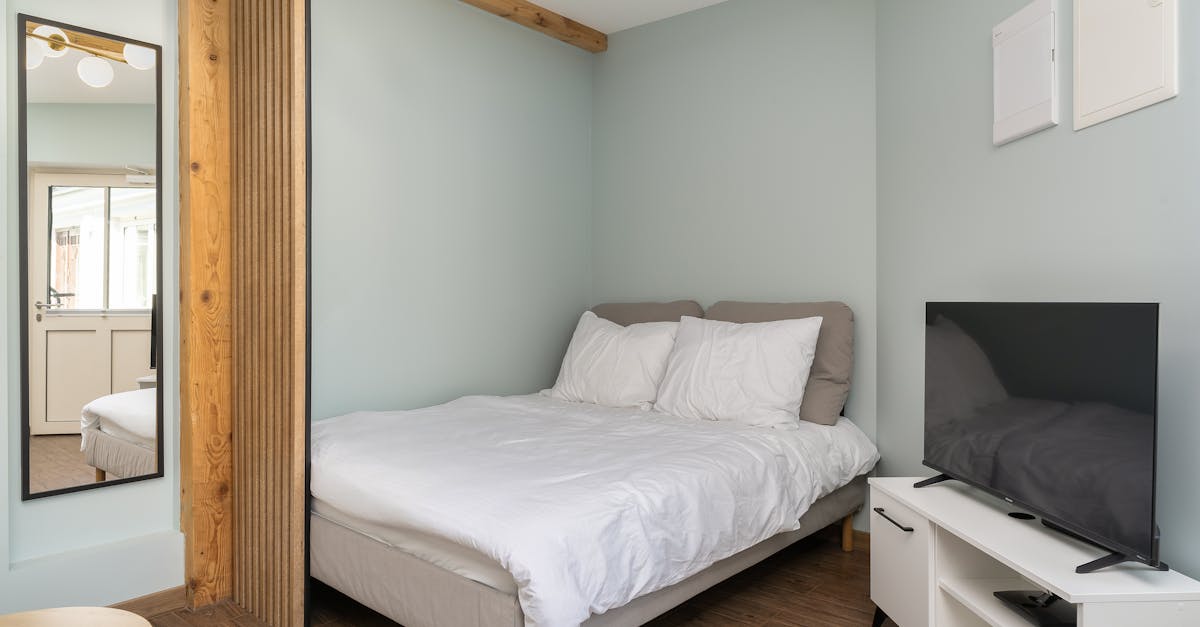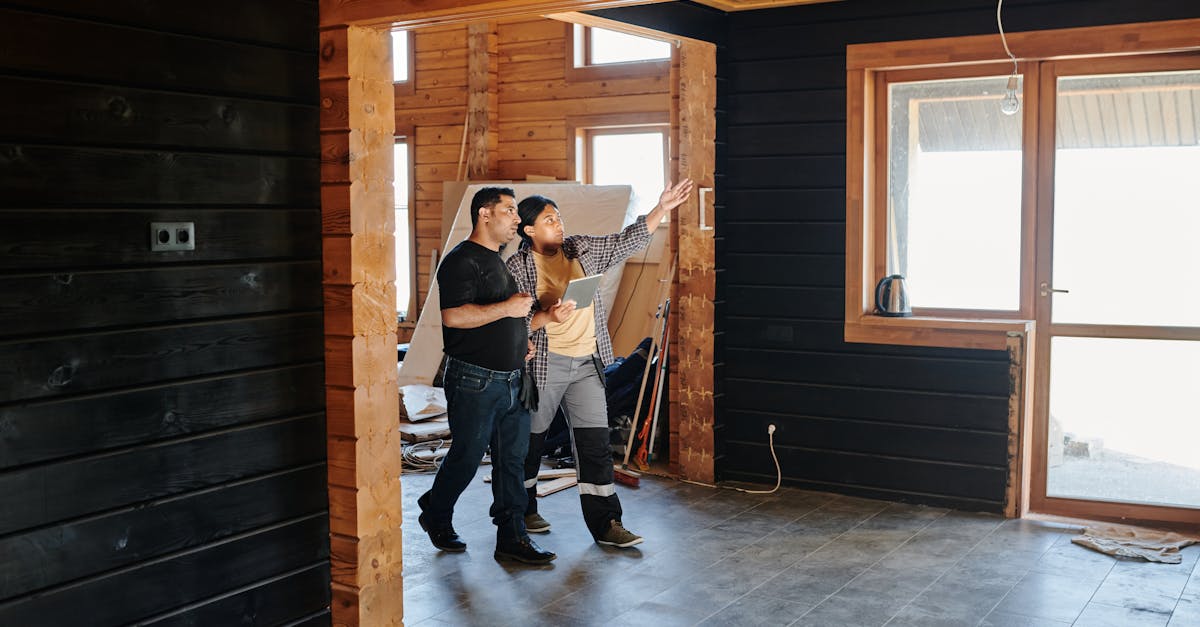Step by Step Guide to Home Security Systems
Introduction
Installing a home security system is a crucial step in ensuring the safety and protection of your home and loved ones. With advancements in technology, it has become easier and more cost-effective to set up a comprehensive system on your own. This guide will walk you through the essential steps of installing a home security system, equipping you with the knowledge to enhance your home's security.
Advertisement
Planning and Purchasing
Begin by assessing your home's security needs, considering factors such as the size of your house and any vulnerable entry points. Research different types of security systems available on the market, including DIY kits and professionally monitored systems. Purchase a system that meets your specific requirements and budget. Most systems will include components like cameras, sensors, and a control panel.
Advertisement
Gathering Tools and Equipment
Before starting the installation, gather all necessary tools and equipment, including a drill, screwdriver, ladder, and level. Ensure you have the correct batteries and a stable internet connection if your system requires Wi-Fi. Keep the manufacturer's instructions handy, as these provide specific guidelines and troubleshooting tips for your chosen system.
Advertisement
Installing the Control Panel
The control panel acts as the central hub of your security system, so position it in a secure, concealed location within your home. Follow the manufacturer's instructions to mount and set up the control panel, ensuring it is within easy reach of an electrical outlet. Connect the panel to your home's Wi-Fi network if applicable, and power it up to begin the configuration.
Advertisement
Placing Security Cameras
Strategically place security cameras around your home's exterior to cover key points such as doors, windows, and driveways. Use a ladder and drill to secure the camera mounts in place. Make sure cameras are angled correctly to maximize visibility and reduce blind spots. Connect the cameras to the control panel wirelessly or via cables, depending on the specifications of your system.
Advertisement
Positioning Motion Sensors
Motion sensors are vital for detecting unauthorized movements within your home. Install sensors in high-traffic areas like hallways and living rooms, as well as near entrances. Test each sensor after installation to verify its effectiveness in detecting motion. Adjust sensitivity settings as needed to prevent false alarms from pets or household activities.
Advertisement
Setting Up Door and Window Sensors
Affix door and window sensors to entry points to trigger alerts when opened unexpectedly. Use adhesive or screws depending on the surface for secure placement. Test the connectivity with the control panel to ensure seamless communication. Many systems allow customization, enabling you to receive specific notifications for each sensor.
Advertisement
Integrating with Smart Home Devices
Modern security systems often integrate with other smart home devices for added convenience. Consider connecting your system to smart lights, voice assistants, and smart locks. This integration allows for automated responses during alerts, such as turning on lights or locking doors, and enables remote access and control via your smartphone or computer.
Advertisement
Testing and Maintenance
Once all components are in place, conduct a thorough system test to ensure everything operates correctly. Simulate emergency scenarios to assess the system's responsiveness, and make any necessary adjustments. Regularly maintain your system by checking battery levels, updating software, and cleaning camera lenses to preserve optimal performance.
Advertisement
Conclusion
Installing a home security system is a valuable investment in your safety and peace of mind. By following these detailed steps, you can effectively protect your home from potential threats. Remember, regular maintenance and periodic updates will keep your system functioning effectively, ensuring ongoing security for your household.
Advertisement


